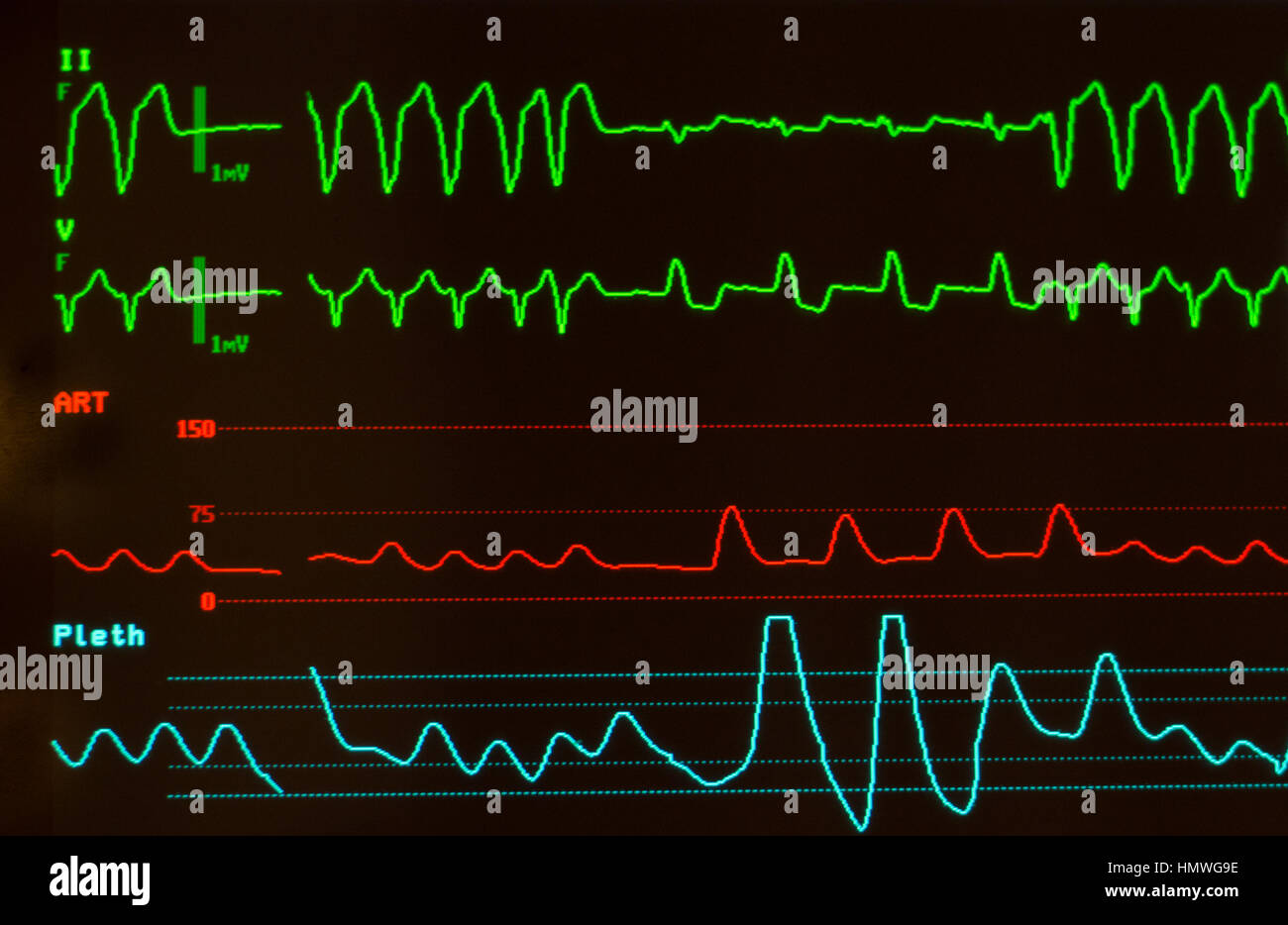

Several randomised trials have suppported its recommendation in patients in sinus rhythm, NYHA functional class III-IV, left ventricular ejection fraction (LVEF ) ≤ 35% and QRS ≥ 120 ms (1,6,7,8). Therefore, it is essential to make a careful selection of candidates. However, there are still 20-30% of patients who do not respond to therapy (5). Moreover, these benefits occur in a stable and progressive manner. According to a recent meta-analysis of McAlister et al (4), CRT provides significant improvement in functional class, left ventricular ejection fraction (LVEF), the distance walked at 6 minutes, quality of life and a reduction in hospitalisation for heart failure and overall mortality, mainly due to a reduction in mortality from progressive heart failure. Its aim is to restore electrical synchrony, commonly impaired in these patients, and thus the cardiac function. Since its appearance in the 80's (2) and its clinical application in 90 years(3), cardiac resynchronisation therapy (CRT) has become an essential therapeutic tool in the treatment of heart failure patient today. However complete atrioventricular block, heart failure, sick sinus syndrome and all-cause mortality were not increased in the patients with IVCD.Despite many advances in its treatment over the past decades, heart failure remains a problem of high prevalence, morbidity and mortality worldwide (1). However complete atrioventricular block (HR 0.13, p=0.10), heart failure (HR 1.69, p=0.20), sick sinus syndrome (HR 0.39, p=0.16) and all-cause mortality (HR 0.79, p=0.79) were not increased in the IVCD group.Ĭonclusions: In the patients with structurally normal heart, IVCD was associated with future development of atrial fibrillation. And using univariate Cox’s regression analysis, only the risk of atrial fibrillation was increased in the IVCD group (hazard ratio(HR) 1.97, p=0.002). Results: During the follow-up of 6.9 ± 3.2 years, the cumulative incidence rates of complete atrioventricular block, heart failure, atrial fibrillation, sick sinus syndrome and all-cause mortality in the IVCD group were higher than no IVCD group (all P < 0.001, except for all-cause mortality (P=0.049)). In a matched-cohort design, 353 patients (IVCD group) (male 83.9% with a mean age of 52.2☑3.3 years) were matched for age and sex with 1060 patients (no IVCD group) who had neither IVCD nor structural heart diseases. The patients were excluded if they had structural heart diseases, such as myocardial infarction, valvular heart disease, congenital heart disease and cardiomyopathy. IVCD was defined QRS >110ms without the criteria of complete or incomplete bundle-branch block. Methods: Between 20, we evaluated the patients who underwent 12-lead electrocardiography. Hypothesis: Long-term prognosis of patients with IVCD in structurally normal heart would be poorer than patients without IVCD. This study was performed to elucidate long-term prognosis of IVCD in structurally normal heart. Introduction: Long-term prognosis of nonspecific intraventricular conduction delay(IVCD) remains unclear. Customer Service and Ordering Information.Stroke: Vascular and Interventional Neurology.Journal of the American Heart Association (JAHA).Circ: Cardiovascular Quality & Outcomes.Arteriosclerosis, Thrombosis, and Vascular Biology (ATVB).


 0 kommentar(er)
0 kommentar(er)
